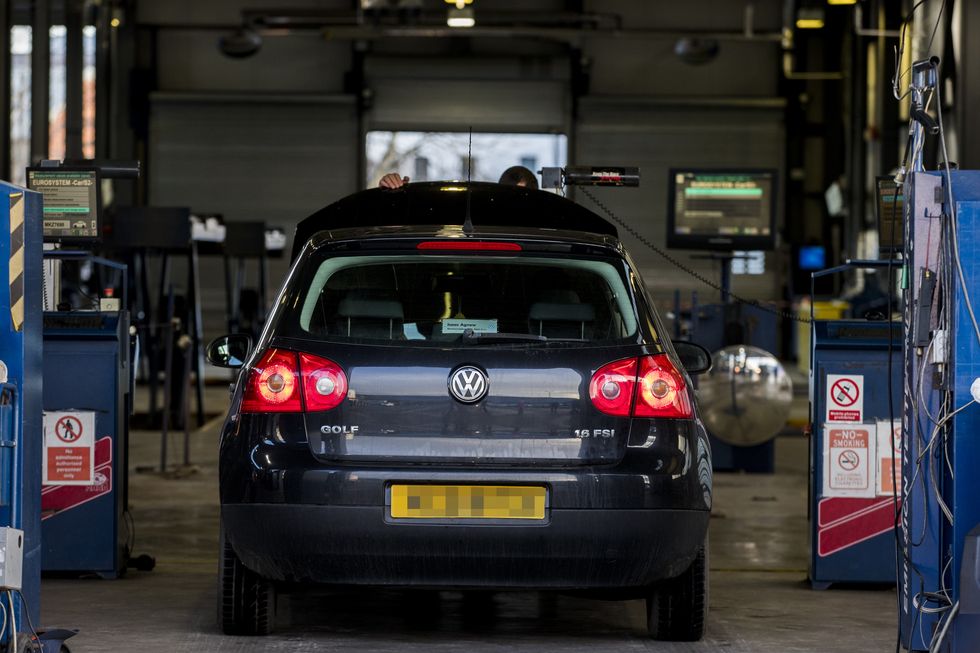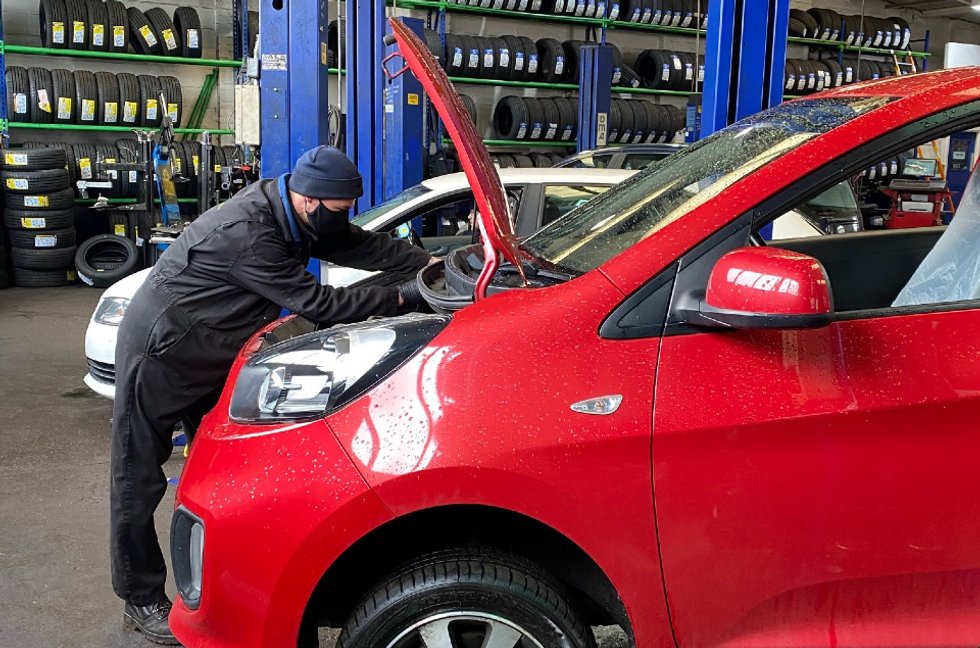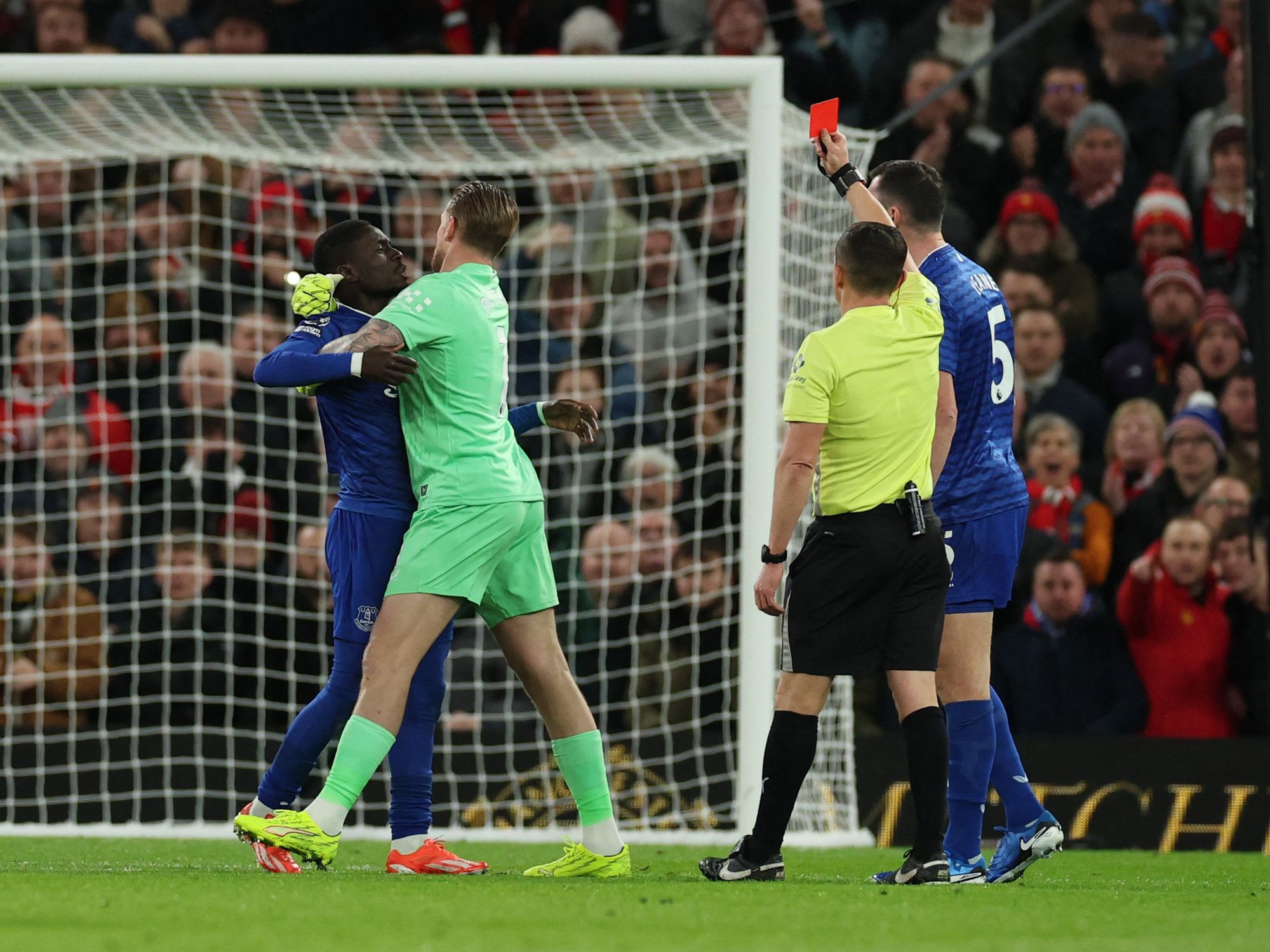Millions of cars at risk of failing major safety inspections amid faulty lights on UK roads

The DVSA recorded 19 million cases of MOT failures since 2020 due to lighting issues
Don't Miss
Most Read
Millions of vehicles have failed a major road safety test due to faulty lights, with Labour now urged to act to prevent cars from causing unnecessary accidents.
According to reports, over the past five years, roughly 19 million vehicles have failed their MOT test due to lighting issues since 2020.
The data gathered in a Freedom of Information request exposed the magnitude of this automotive safety concern on UK roads.
The DVSA statistics demonstrate that lighting-related issues result in approximately 3.4 million test failures annually, which has caused huge safety problems.
Current year data indicated that the trend persists, with testers documenting nearly two million illumination faults between January and August 2025.
These findings suggest that countless motorists continue encountering preventable test failures due to basic maintenance oversights.
The worst period for illumination failures occurred in 2021, when defective lights led to more than 3.5 million test rejections.
Subsequent years showed marginal improvements, with 2023 and 2024 each recording approximately 3.4 million faults.
Historical data revealed remarkable consistency in these failure rates. The 2020 figure stood at nearly 3.5 million defects, while 2022 saw a similar total. Last year's complete statistics showed 3.4 million lighting-related failures.

The DVSA data revealed that 1.87 million vehicles failed their MOT tests due to incorrect headlights
| GETTYWith 1.9 million faults already documented in the first eight months of the year, projections suggest this year will match previous totals.
The persistent nature of these failures indicated that UK drivers repeatedly struggle with maintaining proper vehicle illumination, despite the straightforward nature of most lighting repairs.
Analysis of the specific defects reveals that non-functioning lights represent the primary culprit, accounting for more than 7.2 million recorded failures.
Incorrect headlight beam projection emerged as the second most prevalent issue, contributing to 1.87 million test rejections.

Lighting issues have caused approximately 3.4 million MOT test failures annually
| PALATEST DEVELOPMENTS:
Vehicles with completely inoperative dipped beam headlights caused 1.78 million failures, while single or multiple lamp malfunctions resulted in over 1.5 million rejections.
Improperly positioned headlights, specifically those aimed excessively low, accounted for more than one million test failures.
These statistics underscore that most lighting failures stem from elementary problems rather than complex electrical faults.
Basic bulb replacements and minor adjustments could prevent the vast majority of these MOT rejections, yet millions of motorists arrive at testing centres with easily rectifiable lighting defects.
Misaligned headlights pose particular dangers, with beams positioned too low occurring 60 per cent more frequently than those aimed too high.
Government data showed that more than one million vehicles failed due to low-aimed headlights compared to 621,281 failures from high-aimed beams.

The agency uncovered 19 million cases on MOT failures due to lighting issues
| DVSABen Welham, motoring expert at cinch, explained: "It's trickier to tell when your headlight alignment is too low or high than if the bulbs aren't working, which is why it's an important check in an MOT."
Low-positioned headlights create concealed hazards by diminishing road visibility, often without drivers noticing the reduced illumination range.
Various factors contribute to alignment drift, including suspension wear, routine driving vibrations, bulb replacements and malfunctioning automatic levelling mechanisms.
Tyre pressure variations, fuel load and heavy boot contents can also affect beam positioning, making regular alignment checks essential for road safety.
Mr Welham added: "Walk around your Mercedes with all lights turned on, including indicators, brake lights (you might need to ask someone to help with this), high/main and dipped beams, and hazards.
"In less than a few minutes, you can understand whether your car's lighting works properly or not.
"Our research shows that minor lighting faults contribute to millions of MOT failures each year.
"The good news is that these are usually easy to spot and fix before your MOT, such as replacing a bulb or checking headlight alignment, helping drivers avoid extra costs and stay safe on the road."











